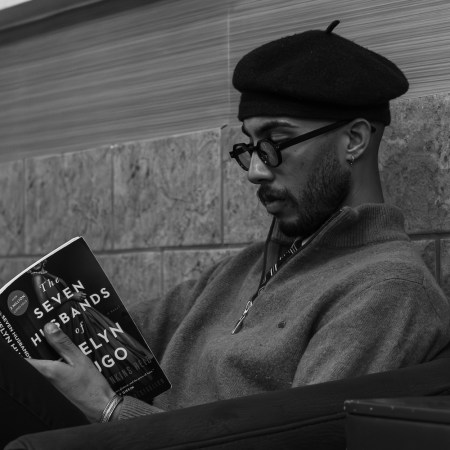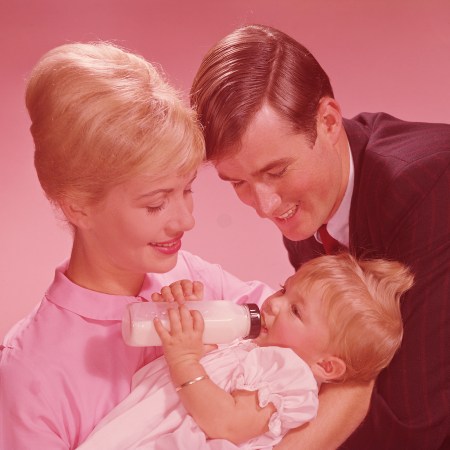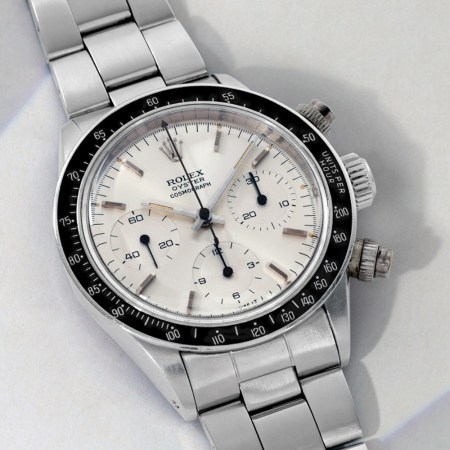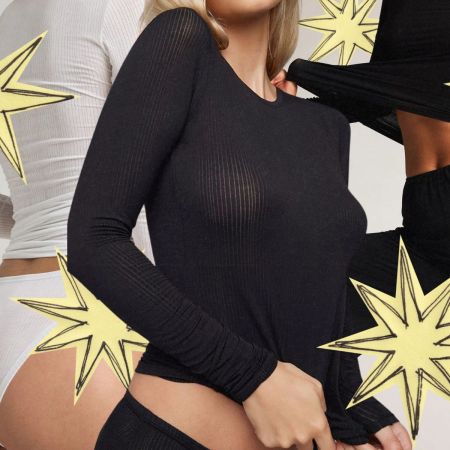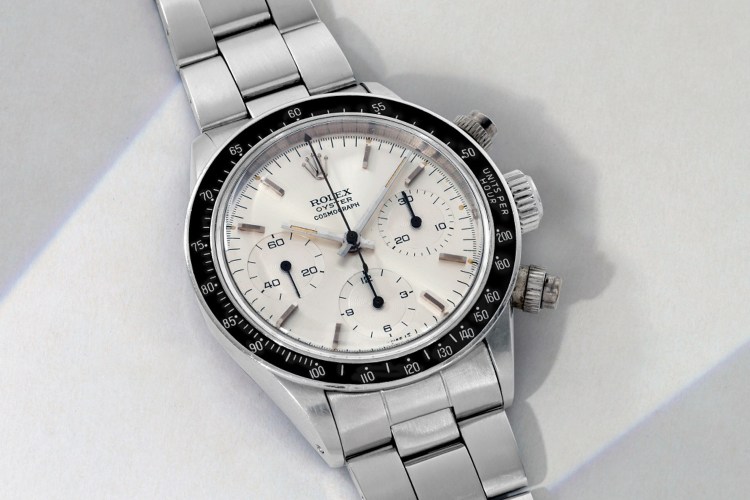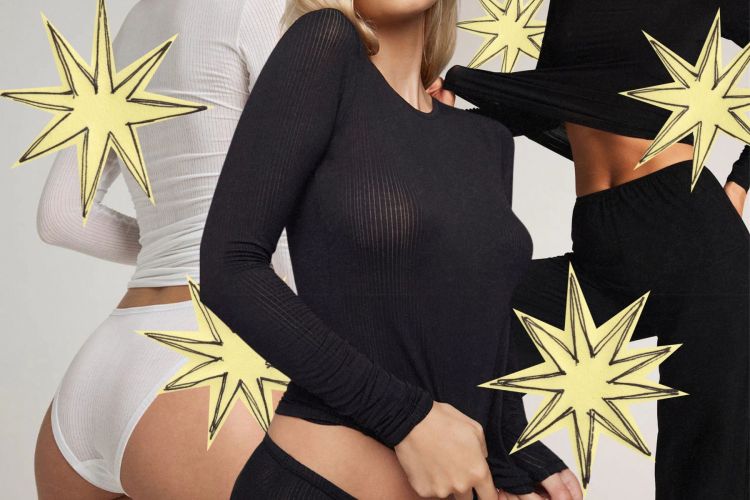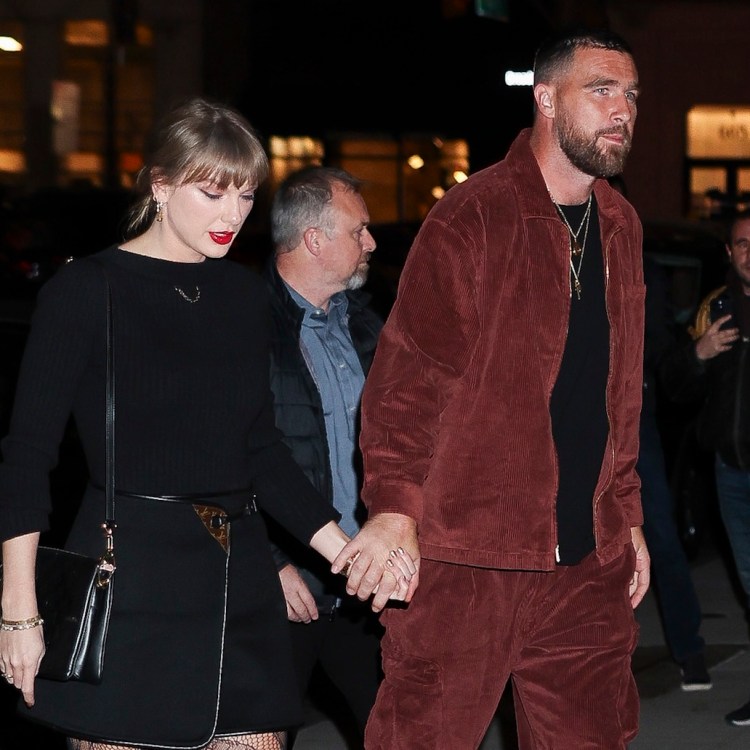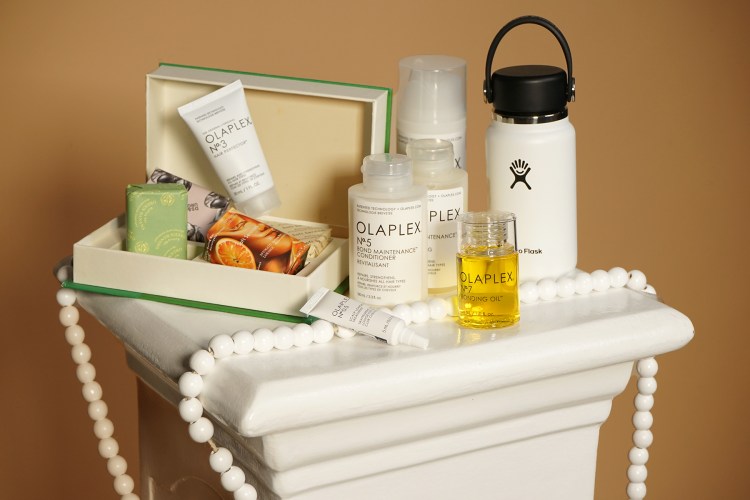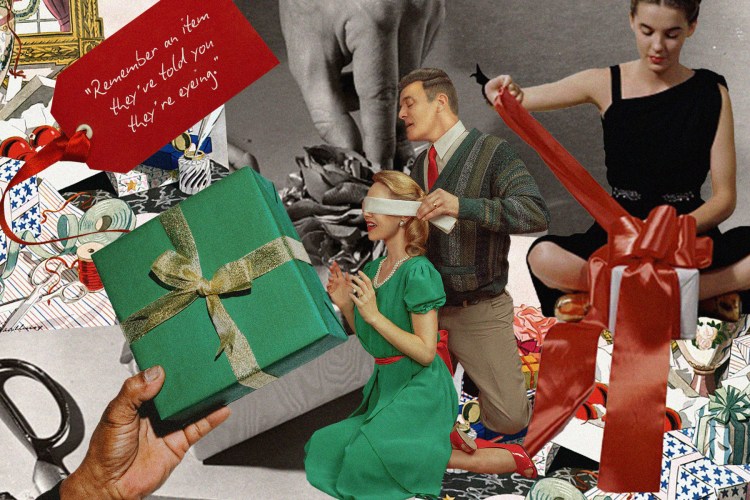What do Babar, Melman from Madagascar and Ord from Dragon Tales all have in common? According to submissions to Ian Davies’ Twitter account @emonormie, they all use he/they pronouns.
The internet has long been home to fraught, often divisive discourse surrounding gender identity and pronouns (think the “I identify as an Attack Helicopter” meme, or the back and forth around neopronouns that’s gone from Tumblr to TikTok). But Davies’ account isn’t like that. Here, there is no fighting — or if there is, it looks kind of ridiculous, because you’re arguing about whether or not the Fisher Price turtle sandbox identifies as non-binary .
Since Davies, a student at the University of Pittsburgh and a he/they themself, started posting his version of the meme in November 2021, the account has received roughly a dozen he/they submissions a day from users. “It doesn’t sound like a lot,” he laughs, “but it’s very consistent.” From childhood cartoons to inanimate objects, Davies’ final choice on what or who gets posted comes down to a simple criteria: vibes.
“The joke is that obviously, these things don’t have a ‘gender’ most of the time.” says Davies. “I’m not saying that gender is a joke, but it’s embracing the funny. It doesn’t always have to be so serious.” Davies explains that when he’s choosing a character to post, he looks for “a little left of center” from traditional masculinity. Take Señor Senior Jr, the himbo-esque villain from Kim Possible: he wants to be a tanned pop star instead of a villain like his father, and flamboyantly so. While he might look more traditionally masculine on the outside, his characterization takes him left of center enough to take the title of he/they of the day.
Mainstream discussions of gender identity tend to focus on the serious, and for good reason. In our current era of CPS investigations into parents of trans kids, Don’t Say Gay bills that target talk of gender identity in classrooms, and a formerly beloved children’s author spiraling deeper into the “gender panic” of the right-wing internet by the day, conversations about gender are often fraught by necessity. In a 2019 Vox article about trans visibility on the internet, trans activists said that while an online platform initially provided a welcome shift in discussing gender and gender identity, with increased visibility in online spaces came vulnerability offline: gender is seen as something both too “in your face” or not in your face enough.
But in the he/they of the day posts, the transphobia and homophobia and general “I don’t get it so I hate it”-phobia is few and far between. Davies only sees it when posts go mega viral; for the average he/they of the day connoisseur, it’s just a funny space to joke about gender identity and expression. “It isn’t a punch down,” Davies explains. With so much of the talk surrounding gender identity filled with hate, the importance of the space for Davies is turning the rhetoric around. “It’s almost like a reverse of what the conservatives tend to do. They think ‘oh for the left, you can identify as whatever, and therefore they’re unreliable, or beyond reason.’ I think there’s an importance of saying, like, yes, gender can be silly! That’s not a source of unreliability or something to be scoffed at.” Davies thinks that the meme itself is something of a gotcha to more toxic rhetoric, saying that conversations around gender identity are traditionally “portrayed as like, ‘Oh no! Values are crumbling!’ but I think it’s important to have a space where it’s like, yeah, well, let’s crumble those values, they shouldn’t have been there in the first place.”
A 2021 report found that 1.2 million Americans identify as non-binary. Shows like Steven Universe and The Umbrella Academy have included non-binary characters in their narratives, but there is still a long way to go in mainstream understandings of gender identity and accurate representation. When characters like Señor Senior Jr or E.T. get posted as he/they of the day, it’s also a subtle reminder that people who exist outside the binary have always existed, and that they can express themselves how they want to.
Casey Tanner, a Certified Sex Therapist who specializes in gender and sexual diversity, agrees. “By using images that include vintage characters, genderqueer people are also emphasizing that these genderqueer identities are not new or simply ‘trending,’” Tanner tells InsideHook, “There have always been depictions of genderqueerness, we just may not have previously recognized it as such.”
Tanner further explains that the “vibes” the images convey — the primary metric by which Davies says he picks he/theys of the day — actually get to the root of how the way we talk about gender identity is changing: “We’re recognizing both the importance and limitations of language in communicating who we are and how we feel.” they explain., “This trend highlights both that pronouns and language matter, while simultaneously recognizing that sometimes imagery (rather than words) better captures a sense of identity.”
Davies’ personal journey with gender identity was one of experimentation. “I had a conversation with a trans friend about being non binary and the binary in general, and I was like, ‘I feel like sometimes when people refer to me, they/them pronouns can feel right.’ And they said ‘Well, you can just go by that if you want to. Nothing’s stopping you.’” That was a lightbulb moment. Davies says that that conversation made it clear that there were no rules around identity, or what identity should look or feel like. “You get to do gender however you want.” he explains, “It’s not about application, it’s about initiating that process of construction yourself, and that felt pretty freeing.”
With the memes, Davies is expressing that freedom for himself and his audience. “What we’re doing here is calling attention to how fun this can be, not in a limiting way, or as a way of making gender experimentation look like a bad thing, or as a rejection of the process of figuring out what works for you personally. It’s about how it can be so important to experiment in the first place.”
For some, Davies’ light-hearted ode to gender experimentation has also created a space for genuine discovery. “I have had people that DM me or write to me be like, ‘Your account is so funny! Oh, and it has actually helped me on my own gender identity journey,’‘ he says. It’s come as a pleasant surprise to Davies, who says he never expected his ‘stupid little bit,’ however entertaining, to have a serious impact on anyone’s life.
The he/they of the day account, which Davies says he’ll continue to run “until it isn’t fun anymore,” is creating space for representation for non-binary identities, however they might look. “In the absence of depictions of humans exemplifying as wide a range of gender as exists, drawing upon non-human imagery that includes animation is a creative way of achieving representation,” Tanner explains. Whether they’re from your favorite childhood cartoon, or the sandbox you used to play in, they were always there.
“Gender is just an ongoing act and process that we all get to partake in,” Davies laughs, “We’re all seen, and we all see it. And it can just be fun.”
This article appeared in an InsideHook newsletter. Sign up for free to get more on travel, wellness, style, drinking, and culture.




